- Your cart is empty
- Continue shopping
How to distinguish between male and female medaka?
-
 snrmedaka.us
snrmedaka.us - Posted on
- Categories:Medaka Guides & Tips
- 0 comments
Understanding medaka gender identification is essential for successful breeding and tank harmony. This section introduces basic visual traits.
Male: Notched dorsal fin, parallelogram-shaped fins.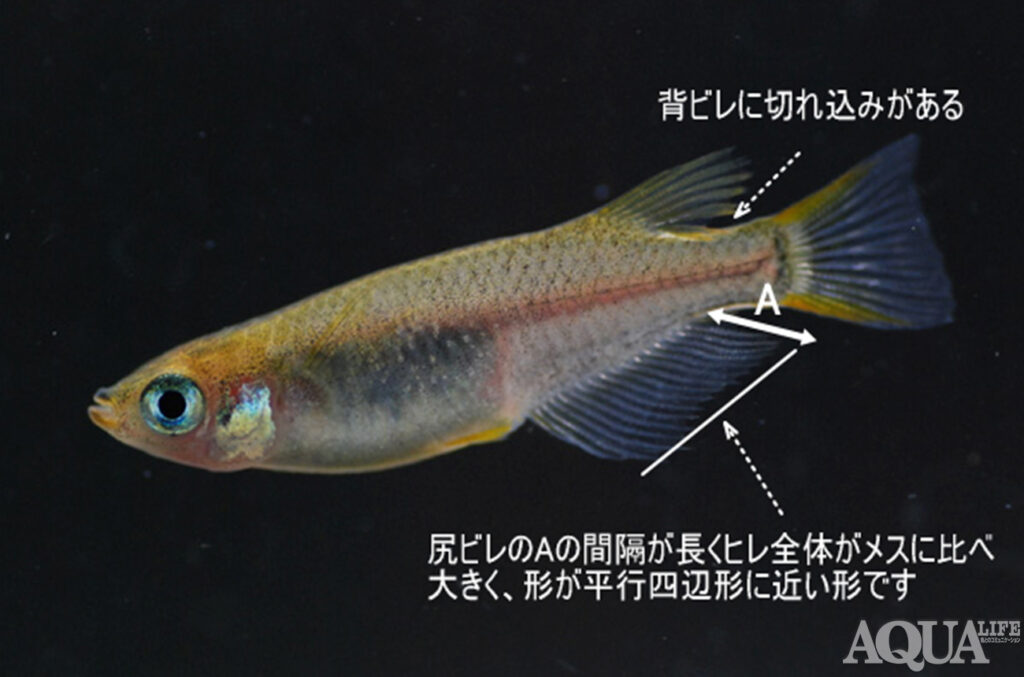
Photo: Takayasu Oba
Female: Smooth dorsal fin, trapezoidal fins.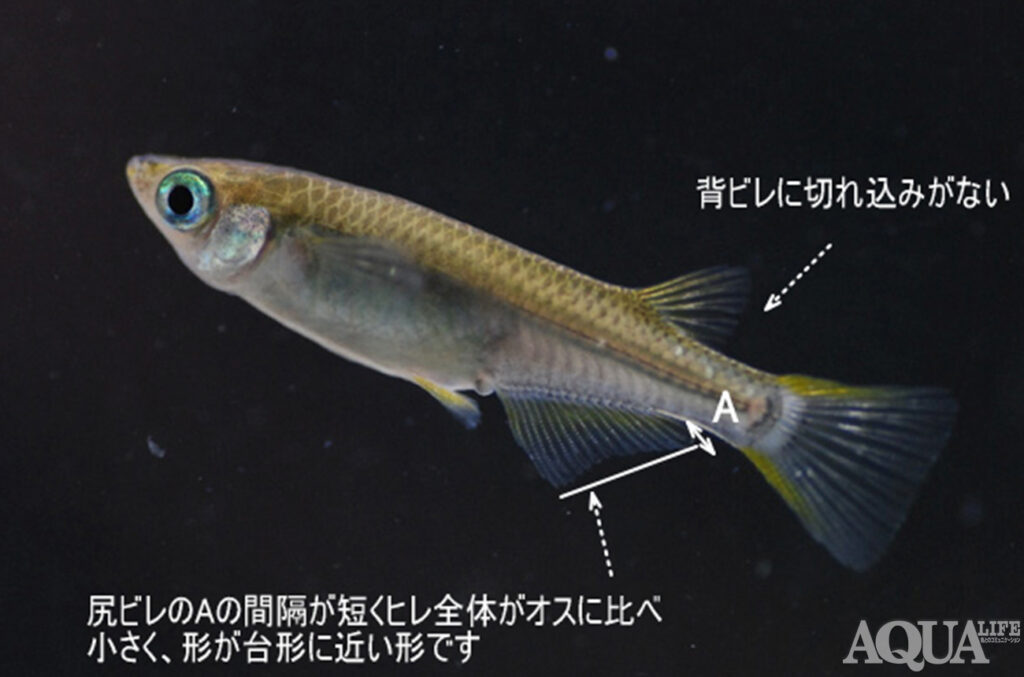
Photo: Takayasu Oba
Some strains are more difficult when it comes to medaka gender identification, especially those with modified fins and shapes.
Yes. Among improved medaka breeds, altered body shapes and fin extensions make it more challenging. Still, the spine and dorsal fins remain key indicators.
Hikari Body Type
Male: Fins are parallelogram-shaped.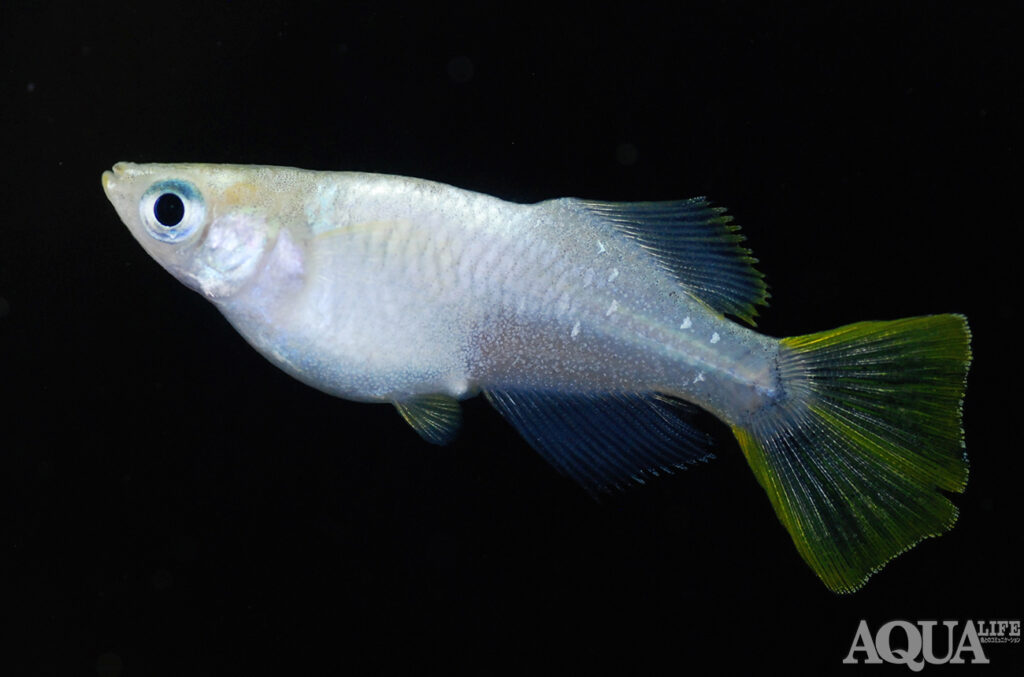
Photo: Takayasu Oba
Female: Fins resemble trapezoids.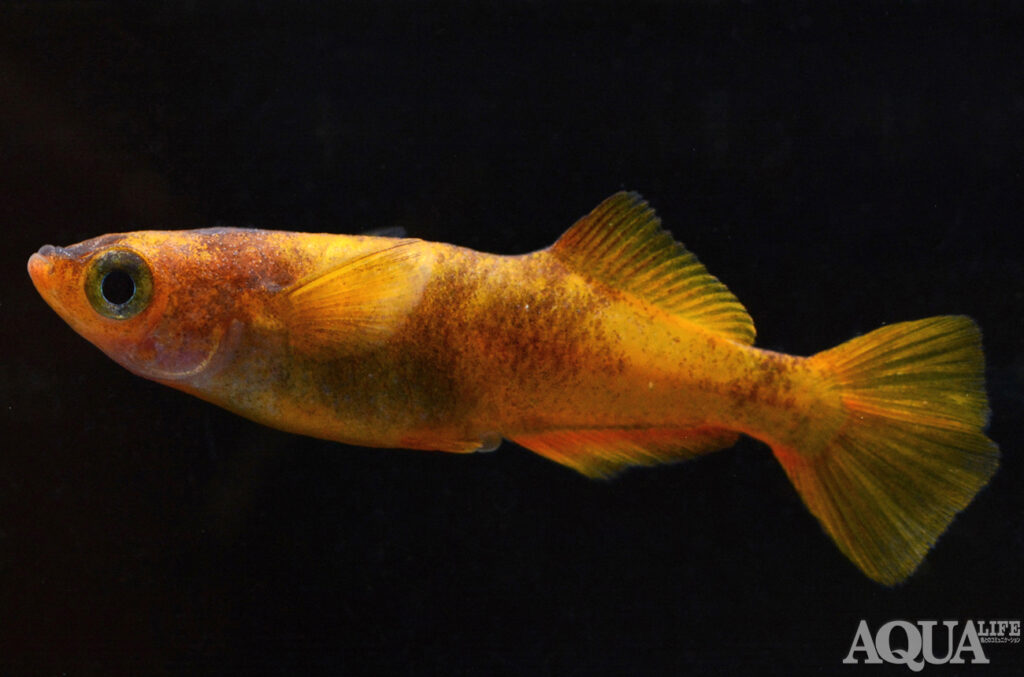
Photo: Takayasu Oba
Daruma Body Type
Male: Short body, notched dorsal fin, wide fins.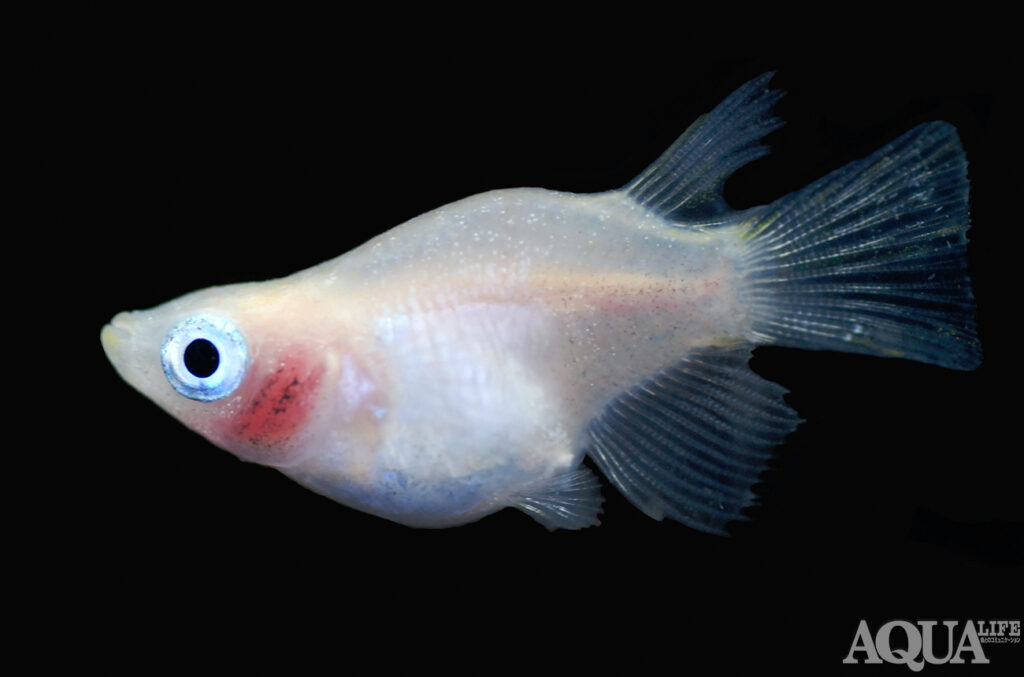
Photo: Takayasu Oba
Female: Smaller fins, smooth dorsal.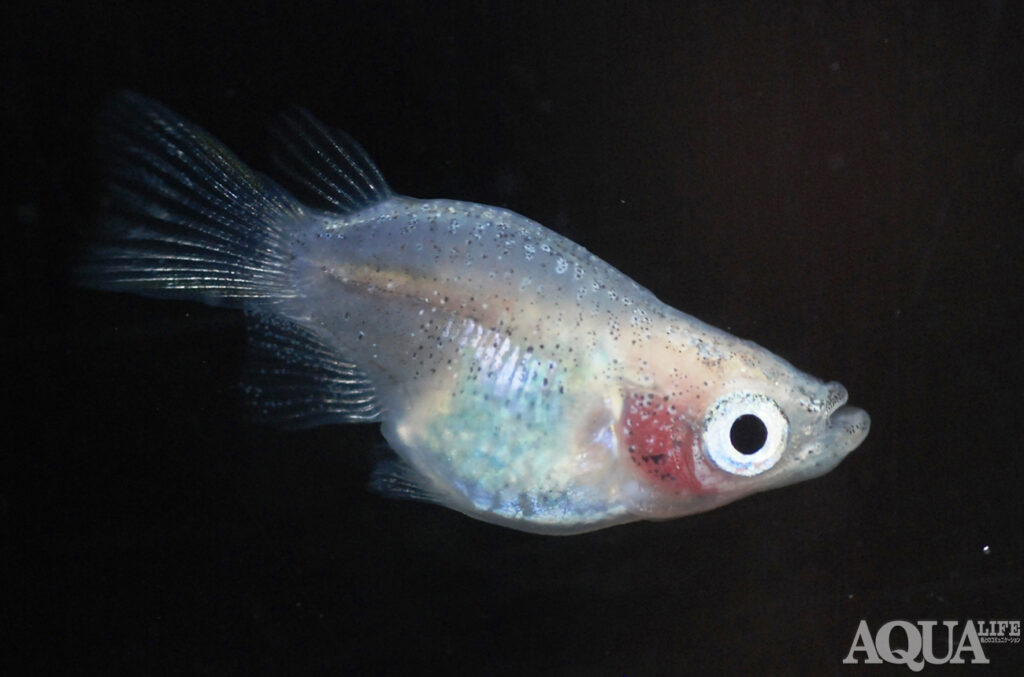
Photo: Takayasu Oba
Fin Long Breeds
Fin-Length Male: Jagged fin tips.
Photo: Takayasu Oba
Fin-Length Female: Rounded tips.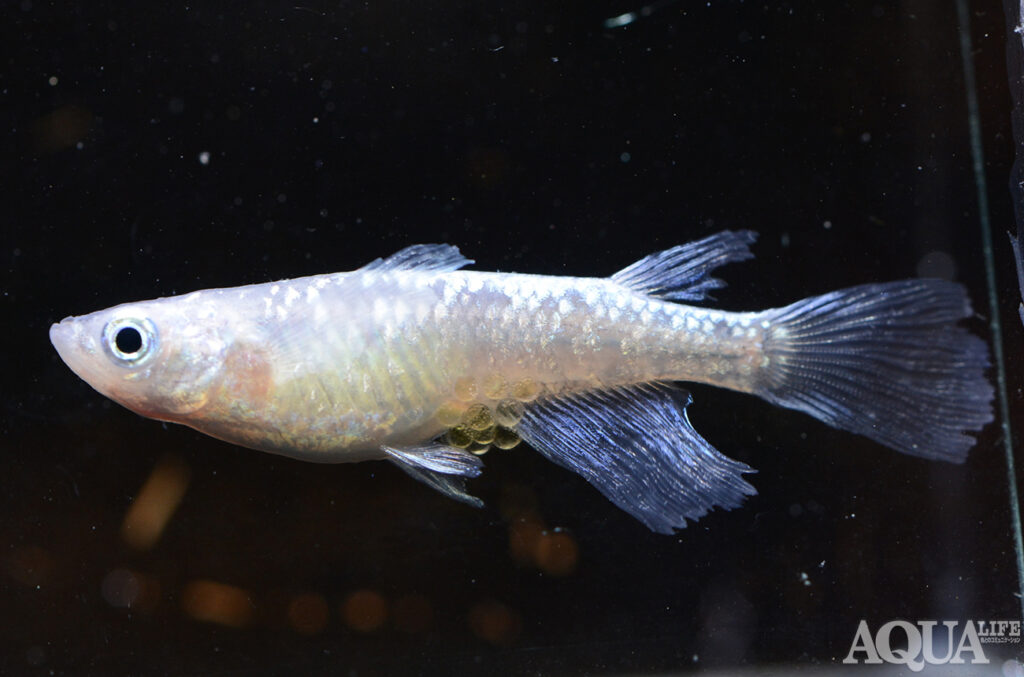
Photo: Takayasu Oba
Swallow
Swallow Male: Judge using non-extended portions.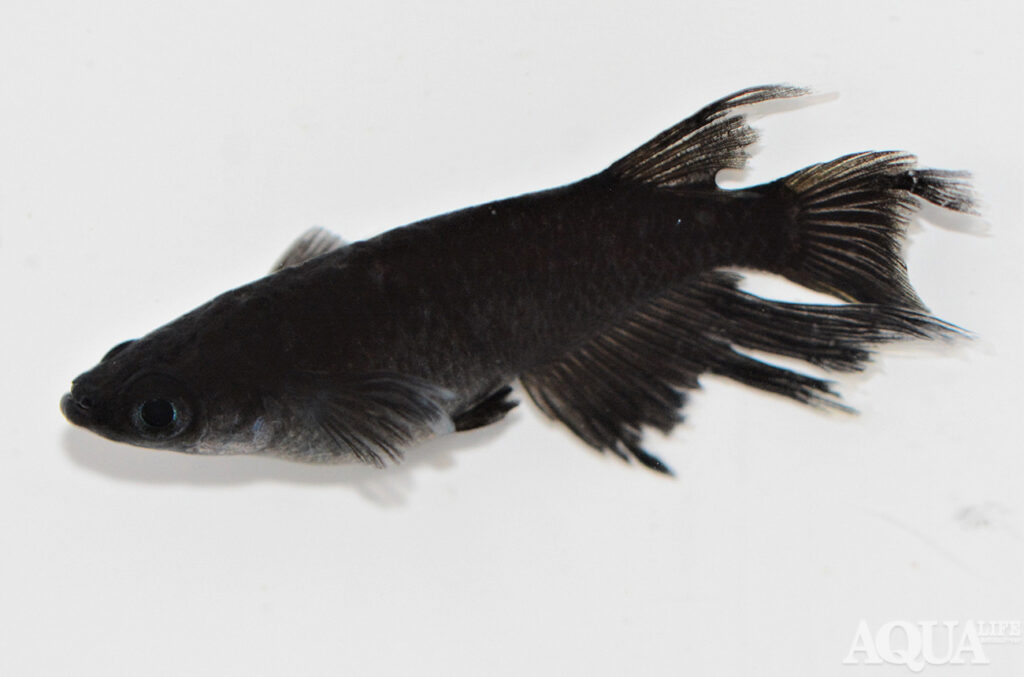
Photo: Takayasu Oba
Swallow Female: Easily distinguishable.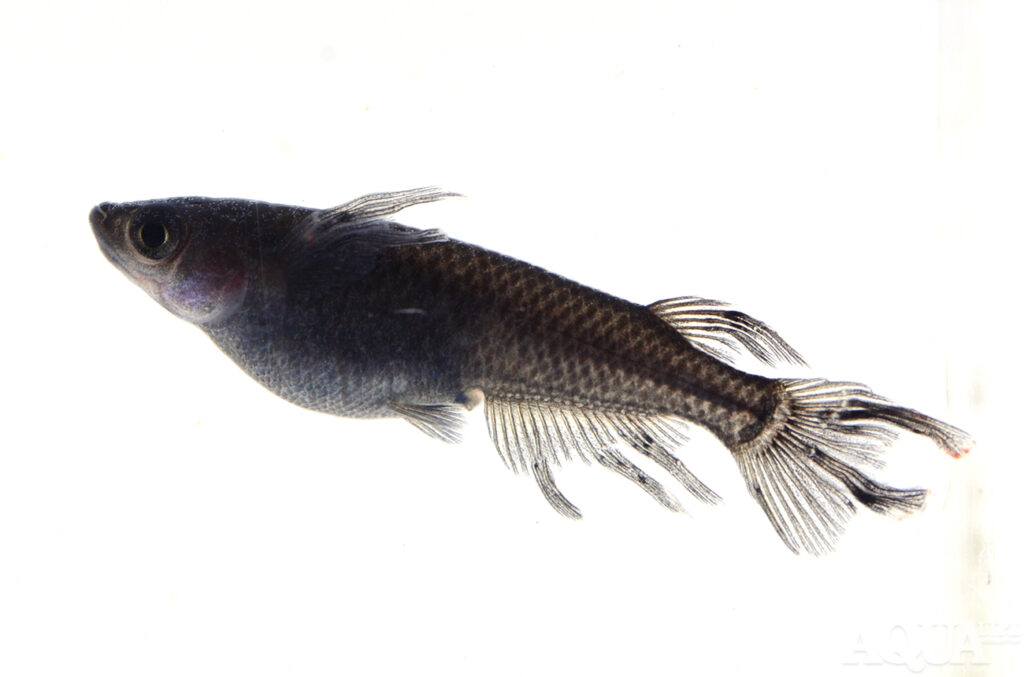
Photo: Takayasu Oba
Longfin
Longfin Male: Elongated dorsal and spur fins.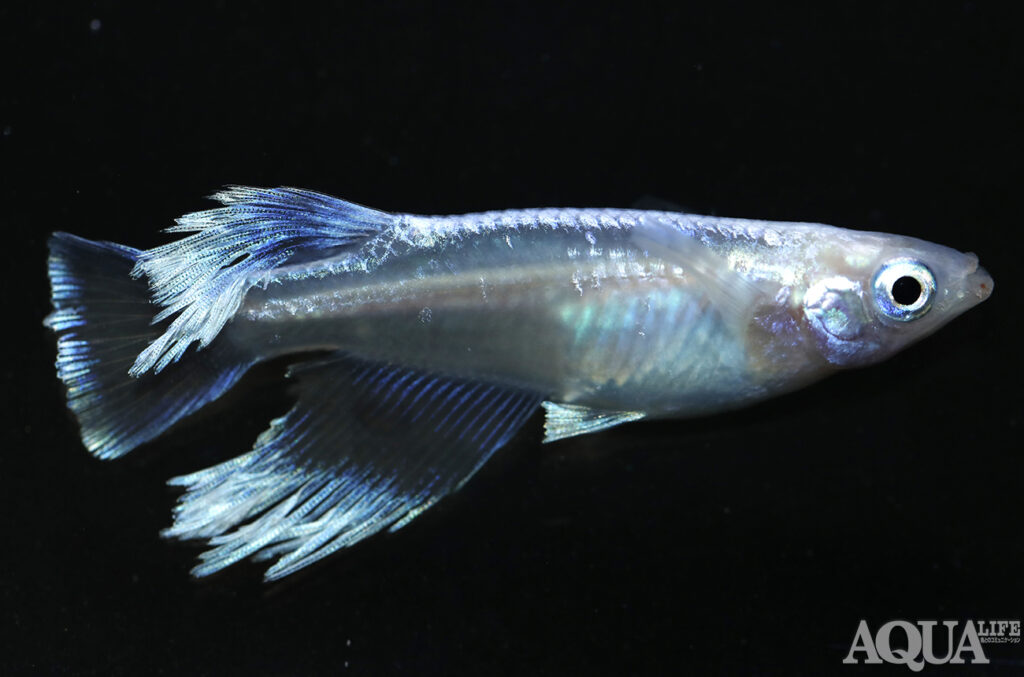
Photo: Takayasu Oba
Longfin Female: Similar to normal body females.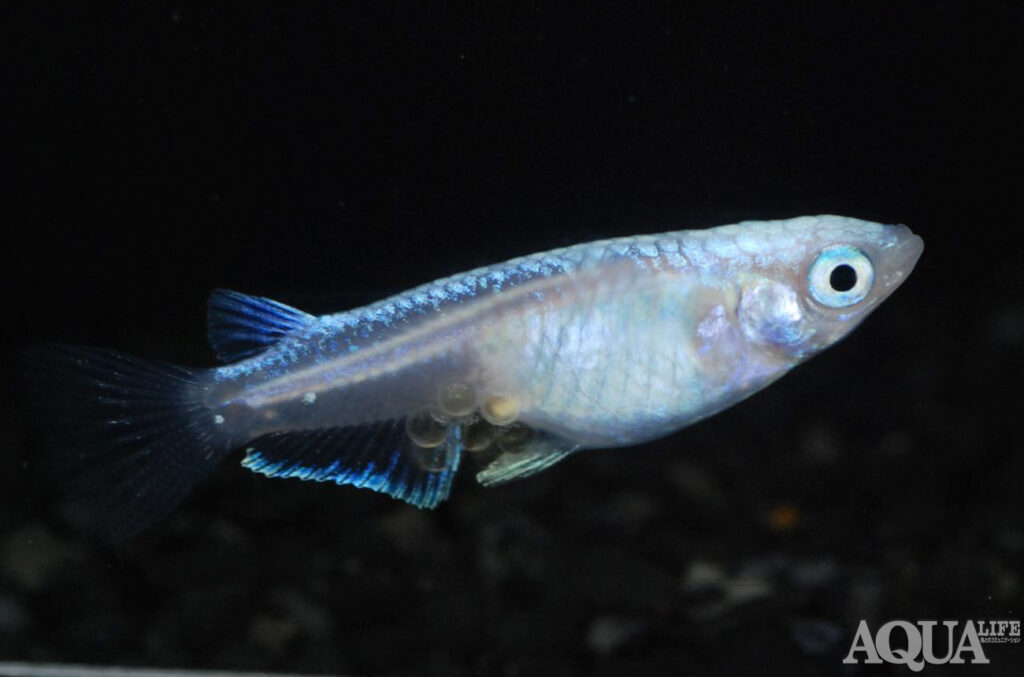
Photo: Takayasu Oba
Real Longfin
Real Longfin Male: Slit in dorsal fin, jagged tips.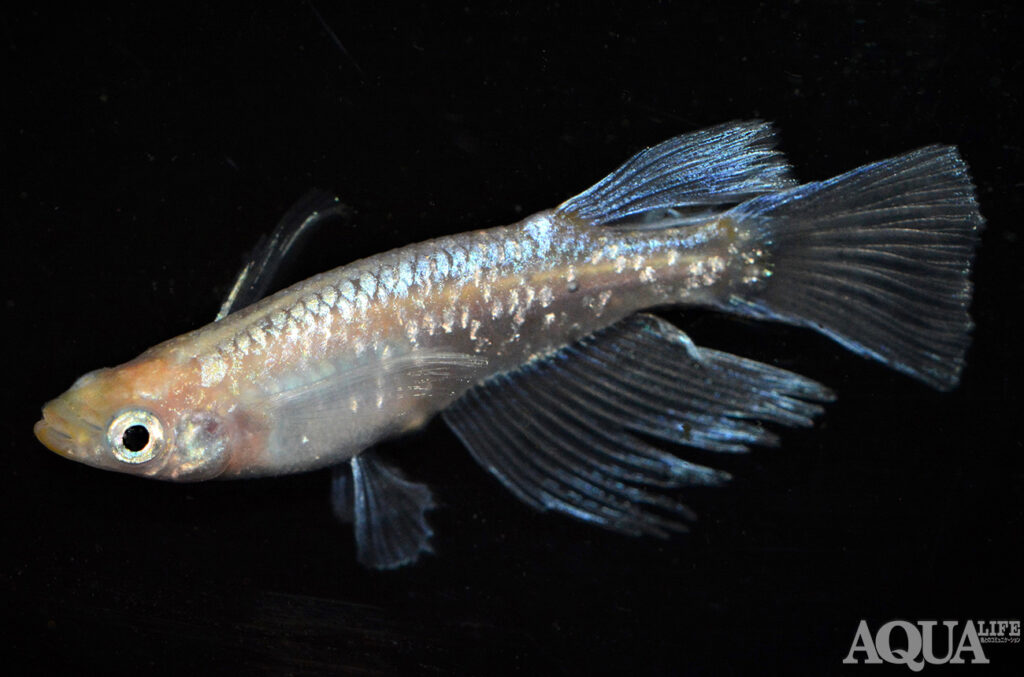
Photo: Takayasu Oba
Real Longfin Female: Identify when young.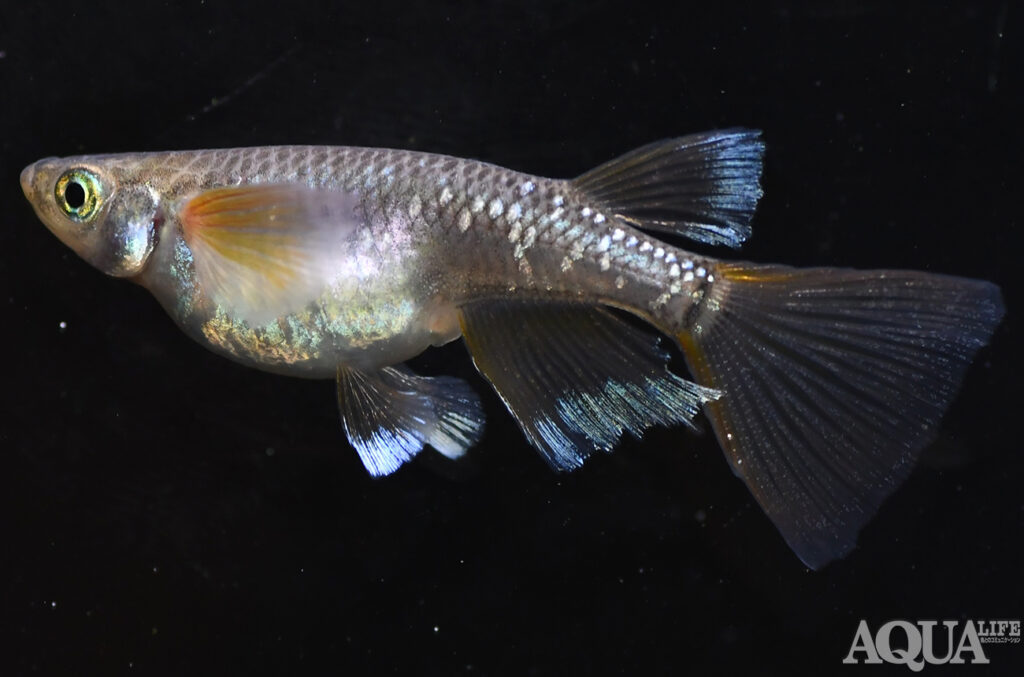
Photo: Takayasu Oba
Wide-fin
Wide-fin Male: Broad fins, altered dorsal.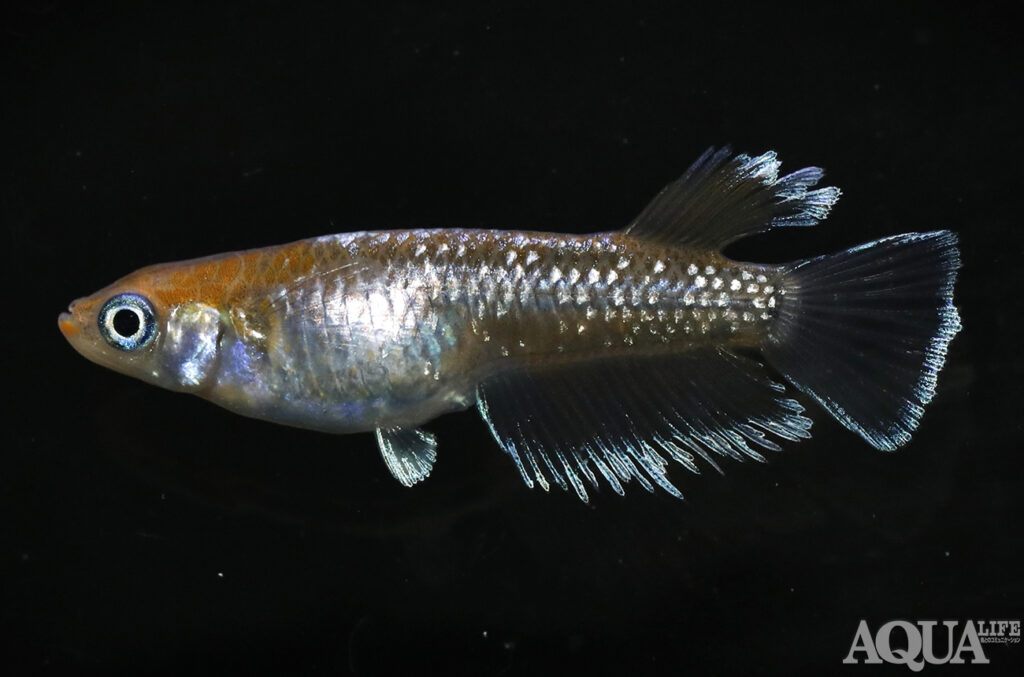
Photo: Takayasu Oba
Wide-fin Female: Rounded, wider fins.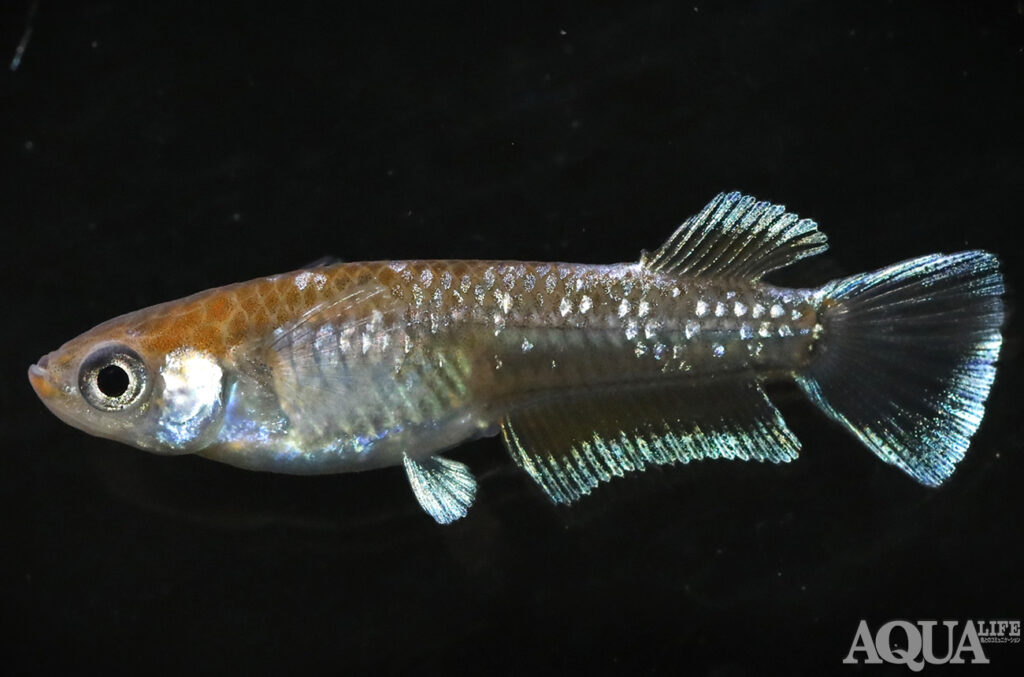
Photo: Takayasu Oba
To wrap up, here’s a quick review of medaka gender identification across types covered.
Once you learn to identify normal body type medaka, the rest becomes pattern recognition. If you're unsure whether you have a male or female, return to these fin and dorsal indicators.
🔗 Further Reference: Aqua Life Japan Blog
🌐 External Reference: Japanese Rice Fish on Wikipedia
📘 Learn More: Medaka Egg Hatching Time | Lifespan of Medaka | Browse Live Medaka | Back to Top

